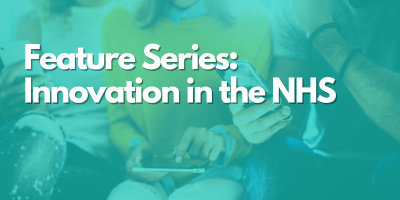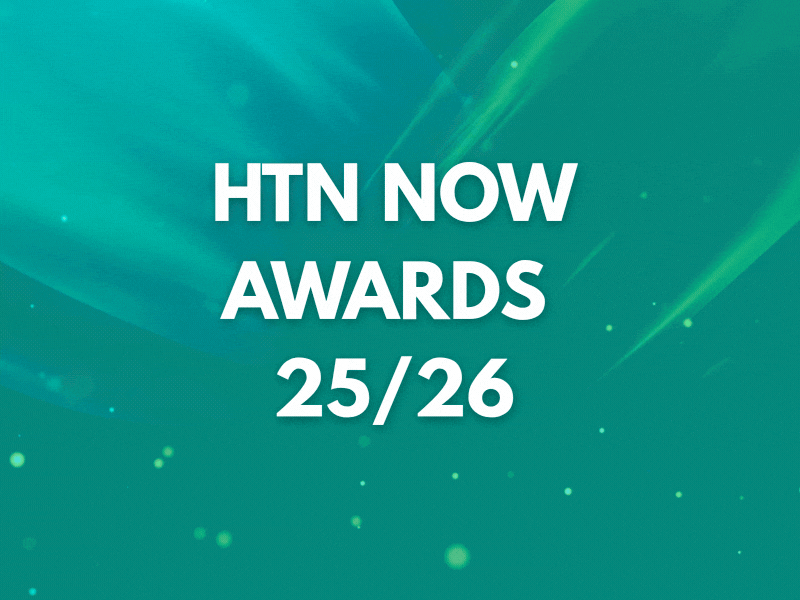Lincolnshire’s Health and Care Digital Inclusion Strategy was presented to the ICB for approval, outlining priorities for 2025 – 2028 covering access to devices and data, accessibility and ease of using tech, access to services, skills and capability, beliefs and trust, and leadership and partnerships.
It shares results from the Lincolnshire Digital Health Toolkit, created to identify areas at “the greatest risk of being left behind as a result of digitalisation”, making links between the more deprived areas of Lincolnshire and higher rates of digital exclusion.
Engagement was reportedly carried out on a targeted basis with population groups including older adults, those on lower incomes, unemployed people, homeless people, those seeking asylum, people living in rural or coastal areas, people living with long-term conditions, and people whose main language is not English. “A total of 66 people were engaged with at a variety of community groups and locations,” the ICB notes. “The insight showed that there are people who choose or cannot use online services for a variety of reasons, that access to data/devices is a barrier for some, confidence, skills and/or trust for others.”
In terms of ensuring that everyone has the ability to access digital health and care services and their benefits if they choose to, the ICB commits to activities such as offering free public computer maps, operating a device bank with loan and replacement schemes, and running a digital directory for schemes across Lincolnshire. Digital skills and confidence will be developed for staff to allow them to signpost to services and resources, volunteers with digital skills will be made available at community hubs, and work will be done to improve awareness of current schemes and digital support available for subsidised data, data banks for free wifi, training, and social tariffs.
To increase digital uptake across health and care services, a greater focus will be placed on usability and user friendliness, partnership working, and co-production. Adaptable formats and languages are set to become standard, service design will be compliant with accessible information and NHS service standards, and the ICB sets out to enable a “digital first, not digital only” approach.
Face-to-face alternatives will be provided for those who are unable or don’t wish to access health and care services digitally, with steps to be taken to understand which groups may require additional support through face-to-face channels, and to develop accessible digital and face-to-face platforms for future service designs and improvements. As part of this, there will also be a focus on NHS App uptake and recording individual preferences around modes of communication for patients.
Building trust, awareness and digital safety will involve transparency about uses of data and how it’s kept safe, the ICB continues. A lot of work will also go into the communication of new schemes and support, resources in different languages or formats, and the benefits of using services online. In this way, the ICB plans to make digital health and care services relatable and seen to be used by “people like me”, through the use of advocates and communications using everyday language.
The system also sets out plans around upskilling staff, co-producing digital training, making Digital Community Champions available for support, and ensuring consistency across the vision, understanding, and language used by Lincolnshire organisations. Data will be collected and health inequalities information will be monitored on access to and experience of digital health and care services, whilst a network of digital inclusion leads will be created across the region.
Actions to be taken by all organisations based on this strategy include developing an engagement plan to promote current schemes, looking at accessibility of websites, identifying advocates, gathering digital skills and capabilities insights, and establishing strategy pillar leads and work streams “with clearly defined deliverables and measures of success”. Organisations should also review their processes of recycling or donating old devices, what their current digital offer is, and potential funding opportunities to support the digital inclusion strategy.
An ICS Digital Inclusion Strategy oversight group has been formed, the ICB shares, with plans for this group to meet bi-monthly to review and oversee its implementation. This has representation from city, county, and district councils, Healthwatch Lincolnshire, NHS organisations, PCNs, people with lived experience, and voluntary sector organisations. “Lincolnshire digital inclusion personas will be developed to help support teams and organisations when designing or reviewing digital services,” it goes on. “Personas will give a deeper insight into the users’ needs and help understand the experiences and barriers of people experiencing digital exclusion, which are then tested and validated across the groups.”
Digital services from across the NHS
For HTN Now, we welcomed a group of experts for a discussion on how digital tools are transforming community care delivery and expanding workforce capacity. Panellists included Peter Cumpstone, head of digital clinical systems, safety and transformation at Sirona care & health; Sara Lowe, CHS business and transformation clinical team lead at Leicestershire Partnership NHS Trust; and Gabi Cohen, director of delivery at Isla Health. Our panel shared real-world projects, including waitlist validation pathways, self-managed care models, and community-based digital practices. They also highlighted practical insights into how technology is being used to streamline workflows, reduce pressure on staff, and improve patient outcomes.
William Lumb, Lancashire and South Cumbria ICB’s CCIO, has shared a discussion paper on LinkedIn, providing thought on how to meaningfully transform health and social care through digitisation of whole system patient flow in two to three years. In a 10-page piece, the CCIO discusses some of the key challenges in the digitisation of health systems, and proposes a “single whole system flow solution” for the region, as a route to realising high quality cost effective health and care.
Cambridge University Hospitals NHS Foundation Trust has launched DigiVis DVA, a web application which allows patients to test their own vision while they wait for their eye appointment and keep track of their own eye health at home. Developed by Dr Louise Allen, a consultant paediatric ophthalmologist at the trust, DigiVis DVA is an “accurate home vision testing” tool designed for remote consultation, enabling patients to conduct their own eye tests by connecting their smartphones with a tablet.
Northamptonshire Healthcare NHS Foundation Trust has introduced an online symptom checker tool, designed to help patients understand and manage their musculoskeletal symptoms. Physio Checker aims to support patients understand the type of pain they’re feeling and points them in the right direction for finding the best care. Users are prompted to select the area of their body that’s in pain, followed by a series of questions around lifestyle factors and other symptoms, before being offered tailored advice and support.








